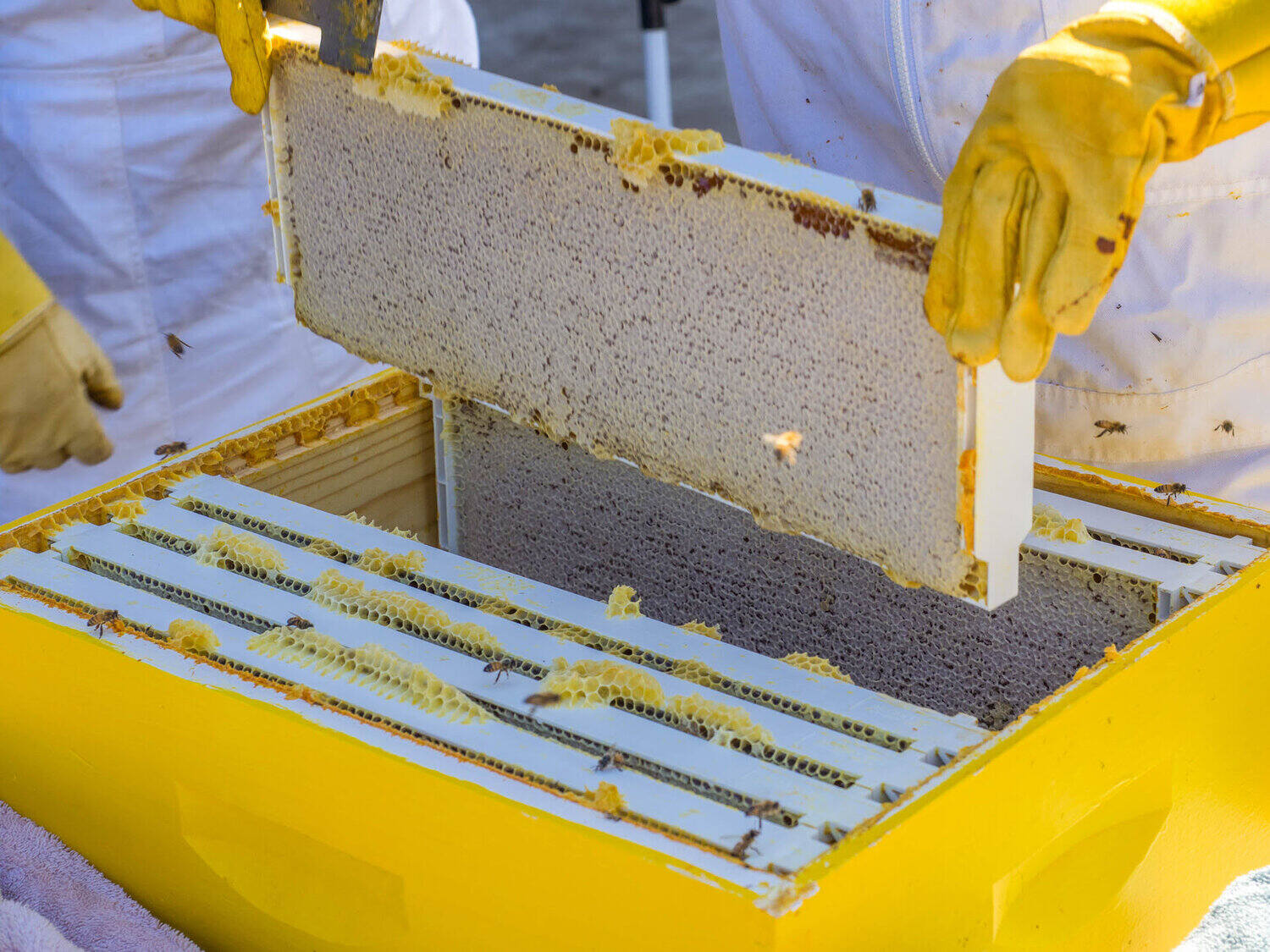

Articles
How To Store Drawn Comb Frames
Modified: December 7, 2023
Learn how to store drawn comb frames with this informative article. Find helpful tips and techniques to keep your frames in optimal condition.
(Many of the links in this article redirect to a specific reviewed product. Your purchase of these products through affiliate links helps to generate commission for Storables.com, at no extra cost. Learn more)
Introduction
Storing drawn comb frames is an essential task for beekeepers. Proper storage not only helps preserve the comb but also ensures their longevity and usability for future beekeeping activities. Whether you are a seasoned beekeeper or just starting out, knowing how to store drawn comb frames correctly is crucial for the success of your beekeeping endeavors.
Drawn comb frames are frames that have already been used by bees to build honeycomb. These frames are valuable assets as they save time and energy for bees, who do not have to construct comb from scratch. They provide suitable spaces for bees to lay eggs, store honey, and raise brood. Therefore, it is important to handle and store these frames with care to maintain their integrity and usability.
In this article, we will provide you with a step-by-step guide on how to store drawn comb frames effectively. We will also discuss the materials needed and the importance of periodic inspection and maintenance. By following these guidelines, you will be able to preserve your drawn comb frames and ensure their optimal performance in future beekeeping activities.
Key Takeaways:
- Properly storing drawn comb frames is crucial for beekeepers to maintain their quality and longevity, ultimately benefiting future beekeeping activities by saving time and resources for bees.
- Regular inspection and maintenance of stored drawn comb frames are essential to identify and address any issues promptly, ensuring their continued quality and usability for beekeeping endeavors.
Read more: How To Store Honey Comb
Materials Needed
Before you begin storing your drawn comb frames, it’s important to gather the necessary materials. Having these items ready will make the process more efficient and ensure that you store your frames properly. Here are the materials you will need:
- Drawn comb frames: These are the frames that have already been used and contain the honeycomb built by bees.
- Storage boxes or containers: You will need suitable boxes or containers to hold the frames. Make sure they are clean and have enough space to accommodate the frames.
- Plastic or wax-coated paper: This will be used to wrap each individual frame to provide additional protection and prevent damage.
- Labels and markers: It’s helpful to label each box or container with the date and any other relevant information. This will make it easier to keep track of the frames and their storage history.
- Tape: Use tape to secure the wrapped frames inside the storage boxes or containers.
- Storage location: Choose a suitable location for storing your frames. It should be cool, dry, and away from direct sunlight.
These materials will ensure that your drawn comb frames are stored in a safe and organized manner. It’s important to have everything prepared before you start the storage process to minimize any potential damage to the frames.
Step 1: Preparing the Drawn Comb Frames
Before you start storing your drawn comb frames, it’s essential to make sure they are properly prepared. This will help maintain the integrity of the frames and ensure that they are ready for storage. Follow these steps to prepare your drawn comb frames:
- Inspect the frames: Carefully examine each frame to ensure there is no sign of disease or pests. If you notice any issues, take appropriate action to address them before proceeding with storage.
- Remove excess debris: Remove any excess propolis, honey, or other debris from the frames. You can gently scrape off the debris using a hive tool or a knife. This step will help prevent mold growth and maintain the cleanliness of your frames.
- Brush off bees: If there are any bees on the frames, gently brush them off using a soft bee brush. Be careful not to harm the bees throughout this process.
- Check for queen cells: Inspect the frames for queen cells. If you find any queen cells, carefully remove them to prevent swarming or unwanted queen development during storage.
- Organize the frames: Arrange the frames in a logical order, making it easier to retrieve and use them in the future. You can organize them based on their age or their specific purpose, such as honey storage or brood rearing.
By following these steps, you will ensure that your drawn comb frames are free from debris, pests, and diseases. This will contribute to the longevity and usability of your frames during storage and future beekeeping activities.
Step 2: Cleaning the Frames
Properly cleaning your drawn comb frames is an important step in maintaining their quality and preventing the spread of diseases. Before storing them, it’s essential to ensure that the frames are clean and free from any contaminants. Here are the steps to clean your drawn comb frames:
- Scrape off excess wax and propolis: Use a hive tool or a knife to scrape off any excess wax or propolis from the frames. Be gentle to avoid damaging the delicate comb structure.
- Remove debris: Inspect the frames closely and remove any debris, such as dead bees or pollen granules, that may have accumulated. Gently brush them off or use a soft, dry cloth to wipe away the debris.
- Disinfect the frames: To prevent the spread of diseases, it’s crucial to disinfect the frames. Prepare a mild disinfectant solution by mixing one part bleach with nine parts water. Dip a clean cloth or sponge into the solution and wipe down the frames, paying special attention to the areas where bees have built comb. Allow the frames to air dry completely before moving on to the next step.
- Inspect for mold: Check the frames for any signs of mold growth. If you notice mold, use a solution of vinegar and water to clean the affected areas. Wipe the frames with a cloth soaked in the vinegar solution, and allow them to air dry completely.
Cleaning the frames helps to maintain their hygiene and prevent the spread of diseases within your beekeeping operation. By properly cleaning and disinfecting the frames, you are creating a safe environment for your bees and ensuring the longevity and usability of the comb.
Store drawn comb frames in a cool, dry place to prevent mold and wax moth damage. Keep them off the ground and away from direct sunlight to maintain their integrity.
Step 3: Applying Wax Coat
Applying a protective wax coat to your drawn comb frames is an effective way to preserve the integrity of the comb and prevent damage during storage. The wax coating helps to maintain the structural integrity of the cells and keeps them in good condition for future use. Here are the steps to apply a wax coat to your frames:
- Melt beeswax: Start by melting beeswax in a double boiler or a dedicated wax melter. Make sure to use clean and pure beeswax, free from any impurities or contaminants.
- Allow the melted wax to cool: Once the beeswax is fully melted, allow it to cool slightly. The wax should be warm, but not too hot to touch.
- Dip the frames in wax: Take each frame and immerse it into the melted beeswax, ensuring that the entire surface, including the cells, is coated with wax. Hold the frame in the wax for a few seconds to allow sufficient absorption.
- Remove excess wax: Gently shake or tap the frame to remove any excess wax. Be careful not to damage the delicate comb structure while doing so.
- Allow the frames to cool and harden: Place the wax-coated frames on a clean surface or hang them vertically to cool and harden. Make sure the frames are positioned in such a way that the wax coating does not come into contact with any surfaces that could cause it to stick.
- Inspect the frames: Once the wax coating has fully hardened, inspect the frames to ensure that each cell is coated and protected. If you notice any areas that are not adequately coated, you can re-dip those specific areas or apply additional wax with a brush or sponge.
Applying a wax coat to your drawn comb frames provides an extra layer of protection, preventing the comb from becoming brittle or damaged during storage. The wax coating helps to maintain the structural integrity of the cells and preserves the usability of the frames for future beekeeping activities.
Read more: How To Store A Bed Frame
Step 4: Storing the Frames
Proper storage of drawn comb frames is essential to maintain their quality and integrity over time. By following the correct storage procedures, you can ensure that the frames remain in optimal condition for future use. Here’s a step-by-step guide on how to store your drawn comb frames:
- Wrap each frame individually: To provide extra protection, wrap each frame individually with plastic or wax-coated paper. This will help prevent dust, moisture, and pests from damaging the frames.
- Place wrapped frames in storage boxes or containers: Arrange the wrapped frames in clean and sturdy storage boxes or containers. Make sure to label each box with the date and any other relevant information for easy identification.
- Secure the frames: Use tape or other secure methods to keep the wrapped frames in place inside the storage boxes. This will prevent them from shifting or moving around during storage.
- Choose a suitable storage location: Select a cool, dry, and well-ventilated area for storing your frames. Avoid direct sunlight and extreme temperature fluctuations, as these can negatively impact the quality of the comb.
- Stack the storage boxes: Stack the storage boxes or containers, ensuring that there is enough space between each box for proper air circulation. This will help maintain the freshness and integrity of the frames.
- Periodic inspection: Regularly inspect the stored frames to check for any signs of pests, mold, or other issues. If you notice any problems, take immediate action to address them and prevent further damage.
By following these storage steps, you can ensure the longevity and usability of your drawn comb frames. Proper storage helps to maintain the structural integrity of the frames and protects them from potential damage, ensuring their continued value in your beekeeping endeavors.
Step 5: Periodic Inspection and Maintenance
Periodic inspection and maintenance of your stored drawn comb frames are crucial to ensure their continued quality and usability. Regular checks will help you identify any issues or damages that may have occurred during storage and address them promptly. Follow these steps for effective periodic inspection and maintenance:
- Inspect for pests: Regularly check for signs of pests, such as wax moths or small hive beetles. If you spot any pests, take the necessary steps to remove them and prevent further infestation.
- Look for mold or mildew: Check the frames for any signs of mold or mildew growth. If you notice any, take immediate action to address the issue. Remove the affected frames, clean them thoroughly, and ensure proper ventilation in the storage area to prevent further mold growth.
- Monitor for excess moisture: Excess moisture can lead to mold growth and damage the comb. Regularly monitor the storage area for any signs of moisture buildup. If necessary, use dehumidifiers or moisture-absorbing agents to keep the storage area dry.
- Check for structural integrity: Inspect the frames for any signs of damage or weak spots. Look for any cracks, breaks, or comb collapse. If you find any frames that are compromised, consider replacing them or repairing them if possible.
- Rotate frames: Occasionally rotate the stored frames to prevent pressure on certain areas, which can lead to comb deformation or collapse. This will help maintain the overall structure and strength of the comb.
- Update storage labels: Regularly update the labels on your storage boxes or containers. Make sure to include the date of storage and any other relevant information to keep track of the frames and their storage history.
By conducting periodic inspections and maintenance, you can identify and address any issues that may arise during the storage of your drawn comb frames. This will help ensure their continued quality and usability, ultimately benefiting your future beekeeping activities.
Conclusion
Properly storing drawn comb frames is essential for beekeepers to preserve their quality and longevity. By following the steps outlined in this guide, you can ensure that your frames remain in optimal condition for future use. From preparing the frames and cleaning them to applying a protective wax coat and storing them correctly, each step plays a crucial role in maintaining the integrity of the comb.
Remember to inspect the frames periodically and address any issues promptly to prevent further damage. Regular maintenance, such as checking for pests, monitoring moisture levels, and ensuring structural integrity, will help prolong the usability of your stored frames.
By taking the time to properly store your drawn comb frames, you can save valuable resources and time for your bees in future honey production and brood rearing. Additionally, well-preserved frames contribute to the overall health and success of your beekeeping operation.
So, follow these guidelines, gather the necessary materials, and make sure to give your drawn comb frames the attention they deserve. By doing so, you are ensuring they remain a valuable asset in your beekeeping journey for years to come.
Frequently Asked Questions about How To Store Drawn Comb Frames
Was this page helpful?
At Storables.com, we guarantee accurate and reliable information. Our content, validated by Expert Board Contributors, is crafted following stringent Editorial Policies. We're committed to providing you with well-researched, expert-backed insights for all your informational needs.


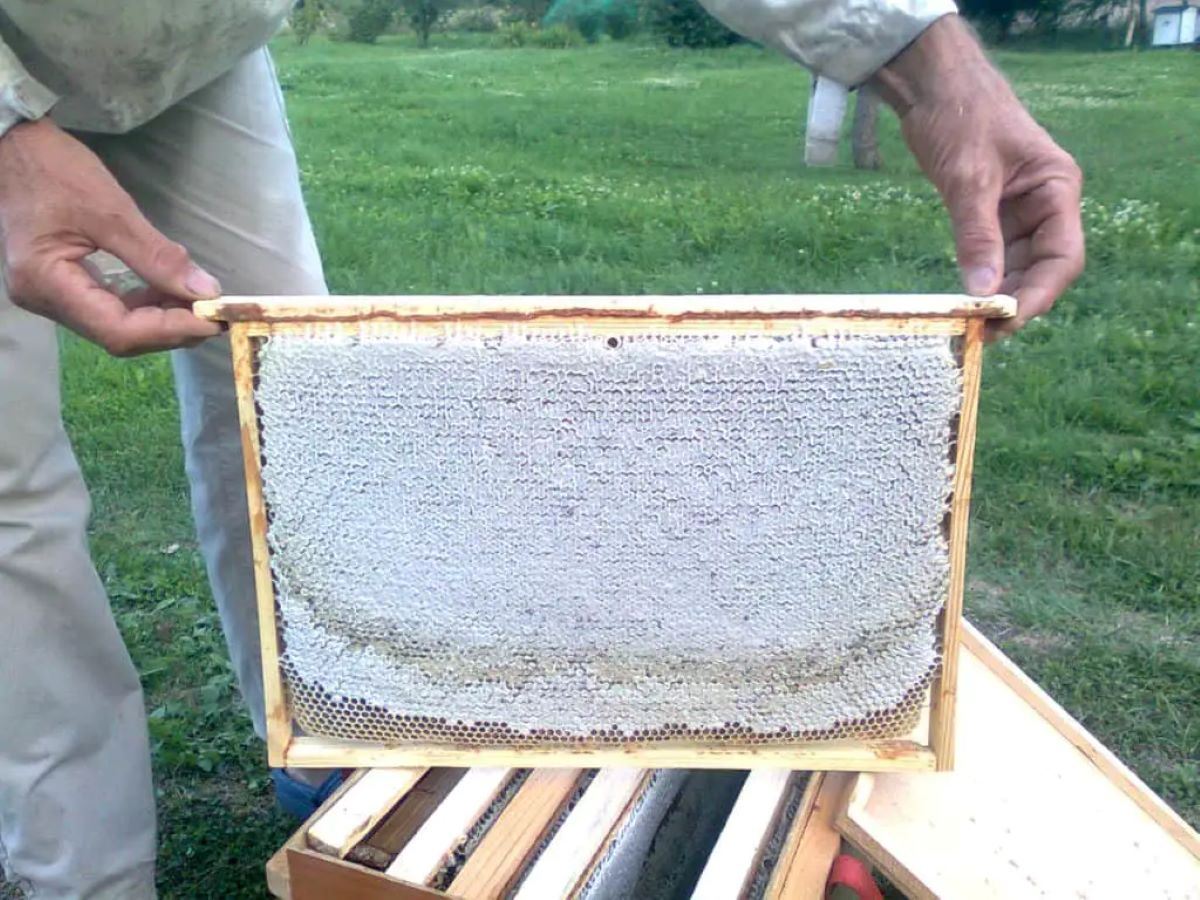
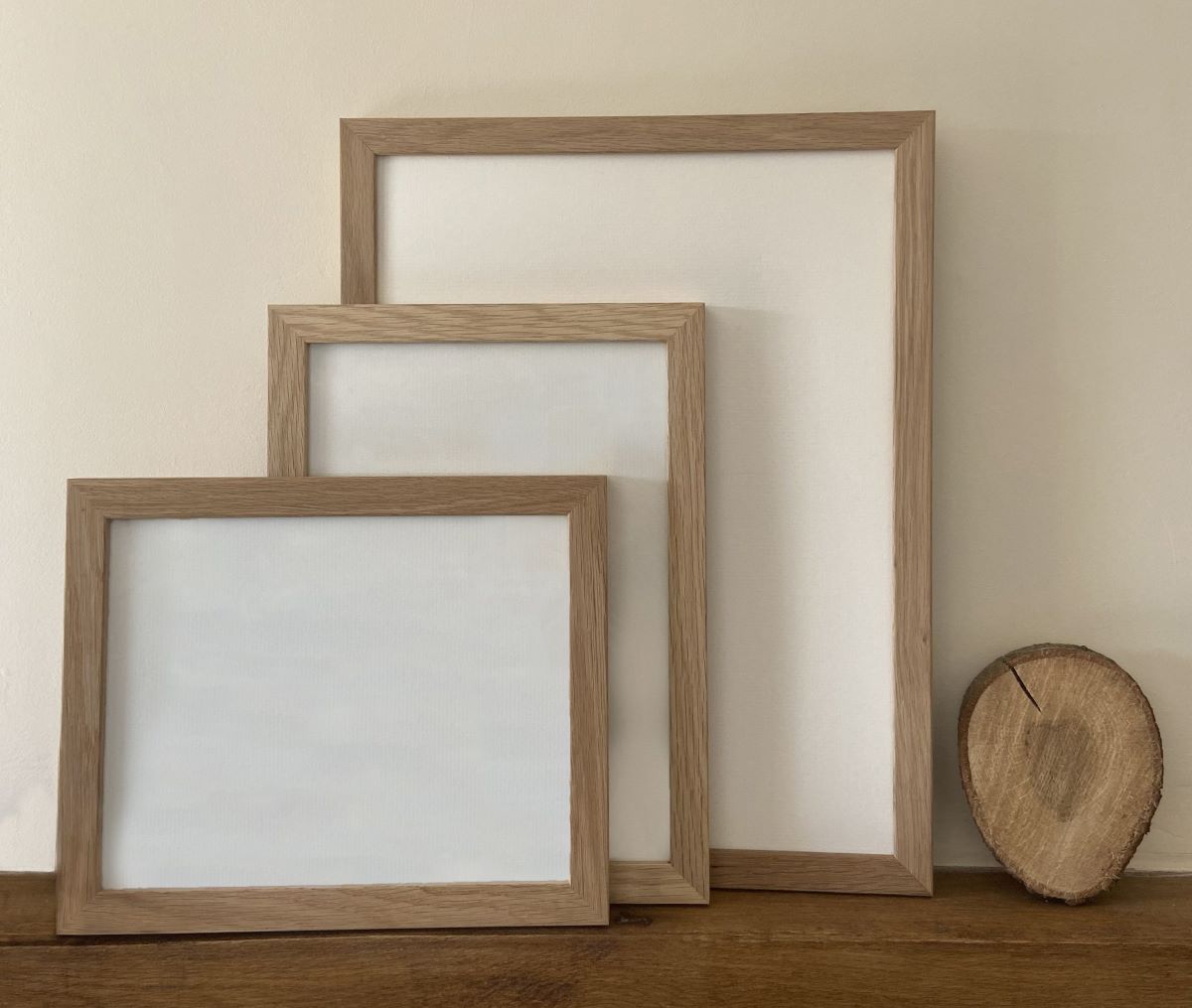


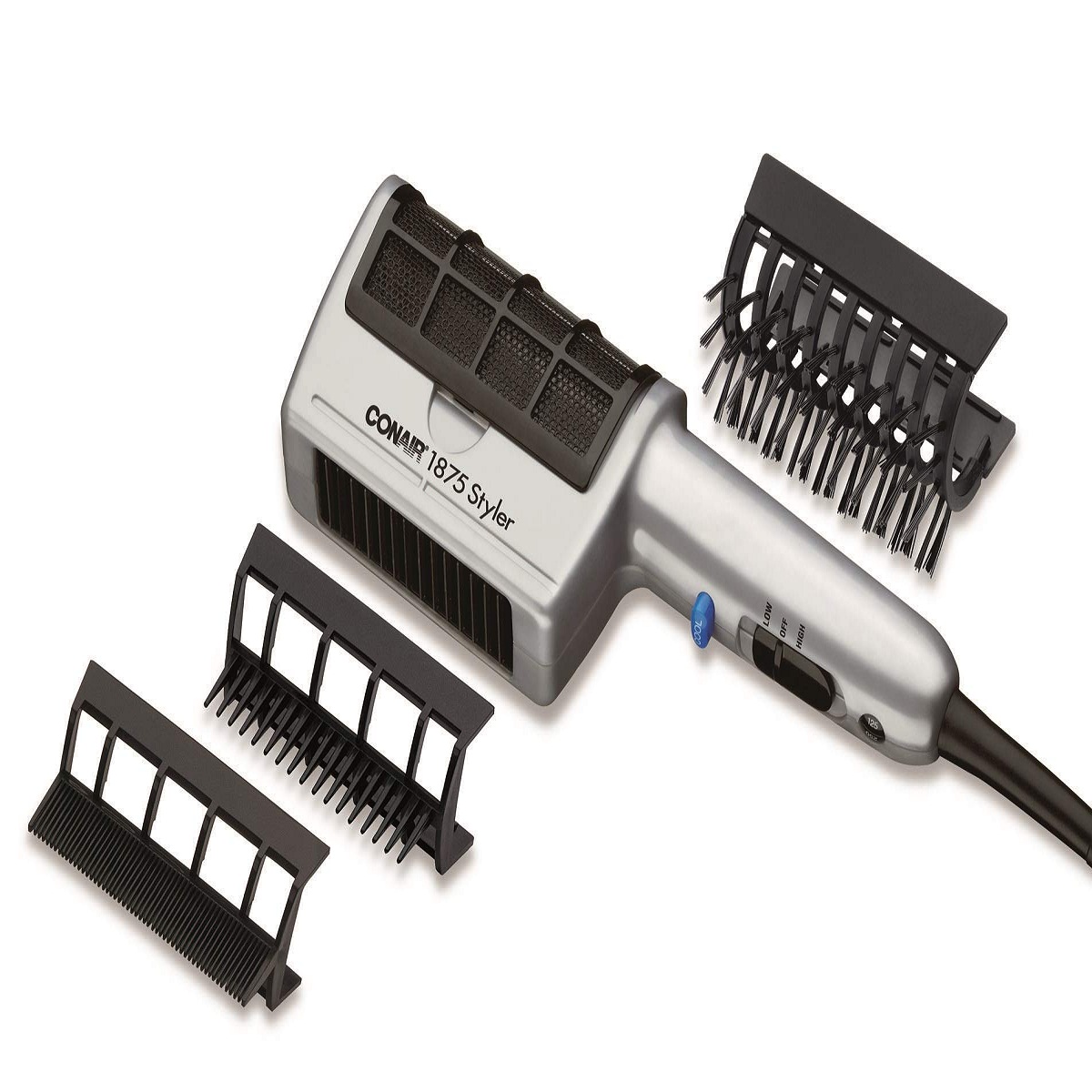
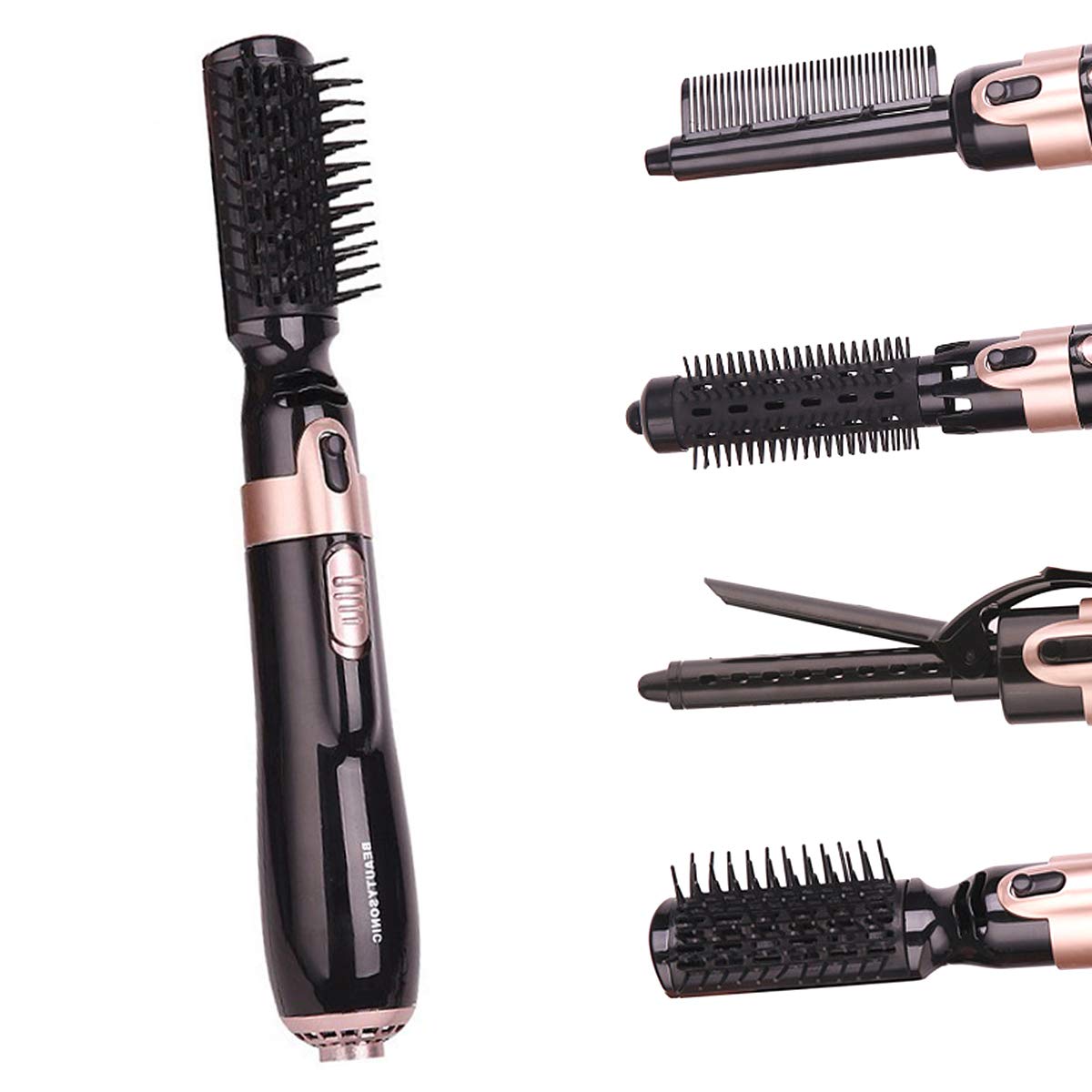
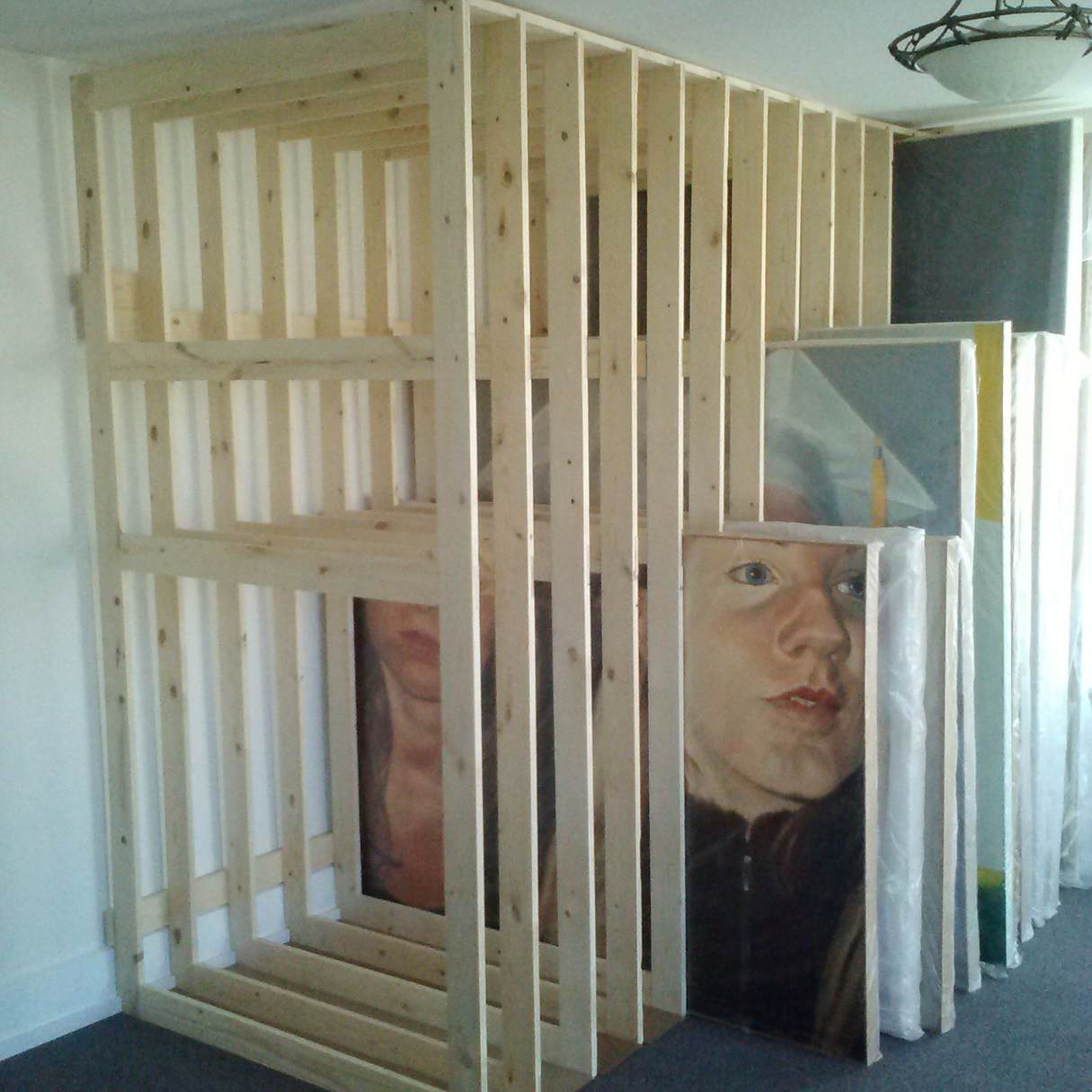

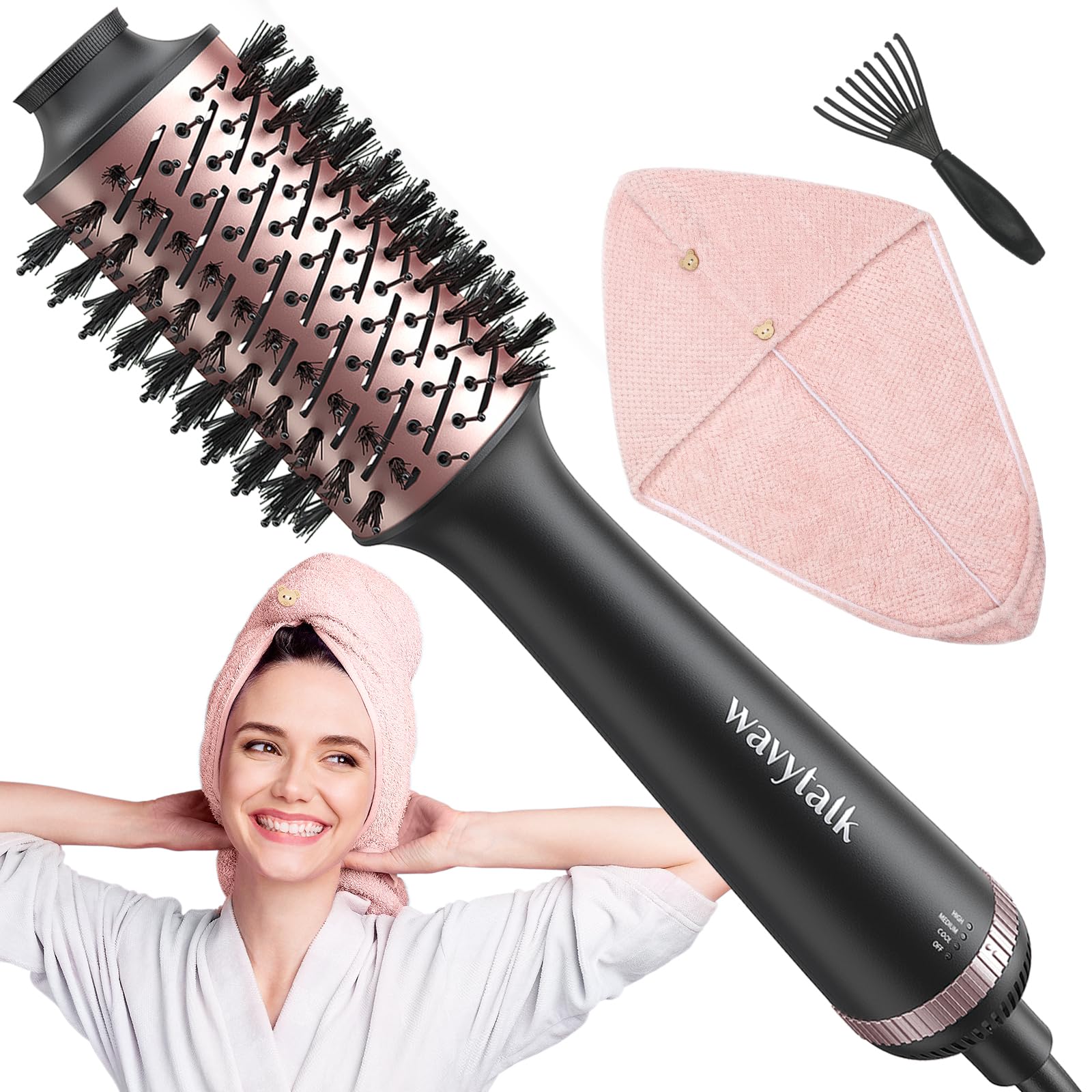
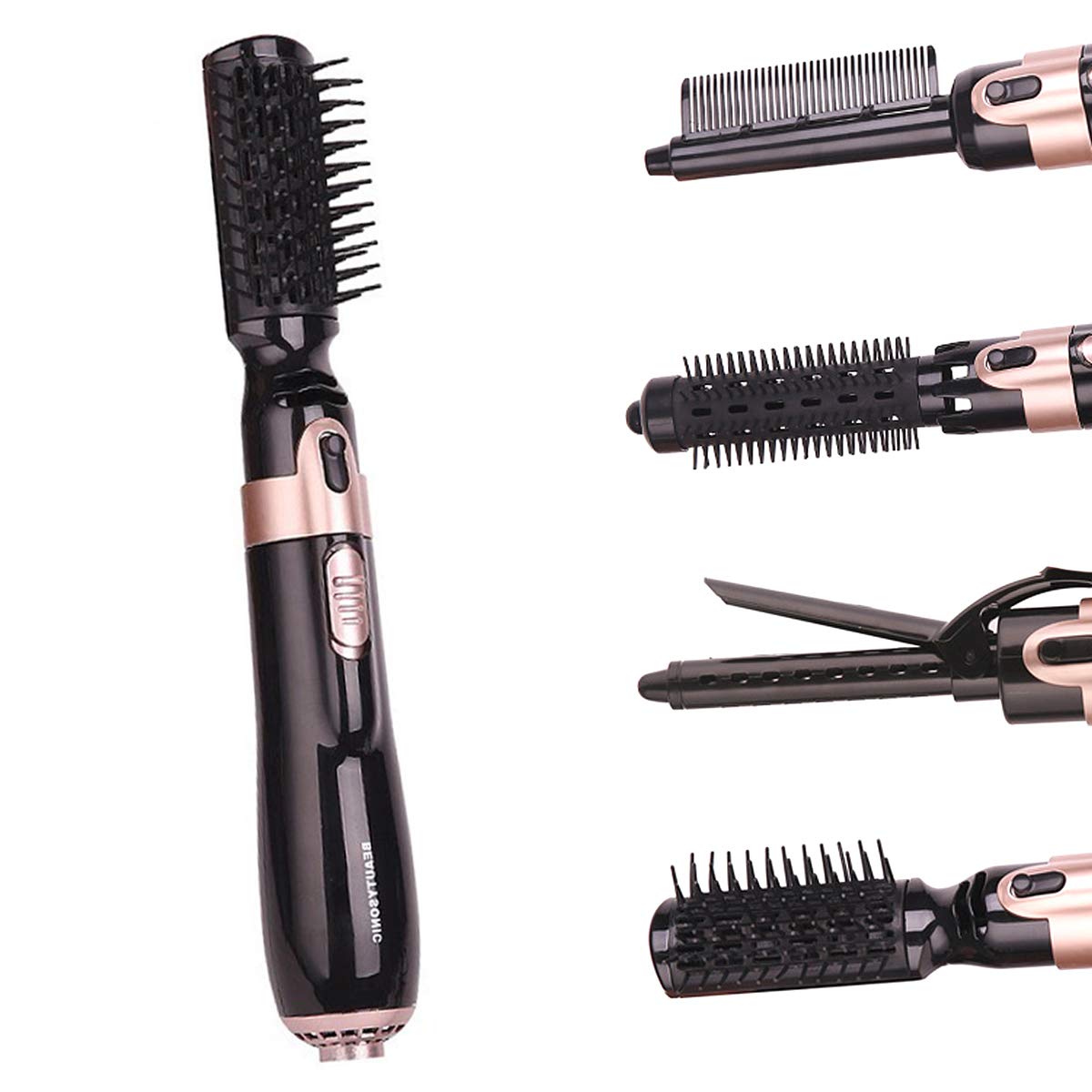
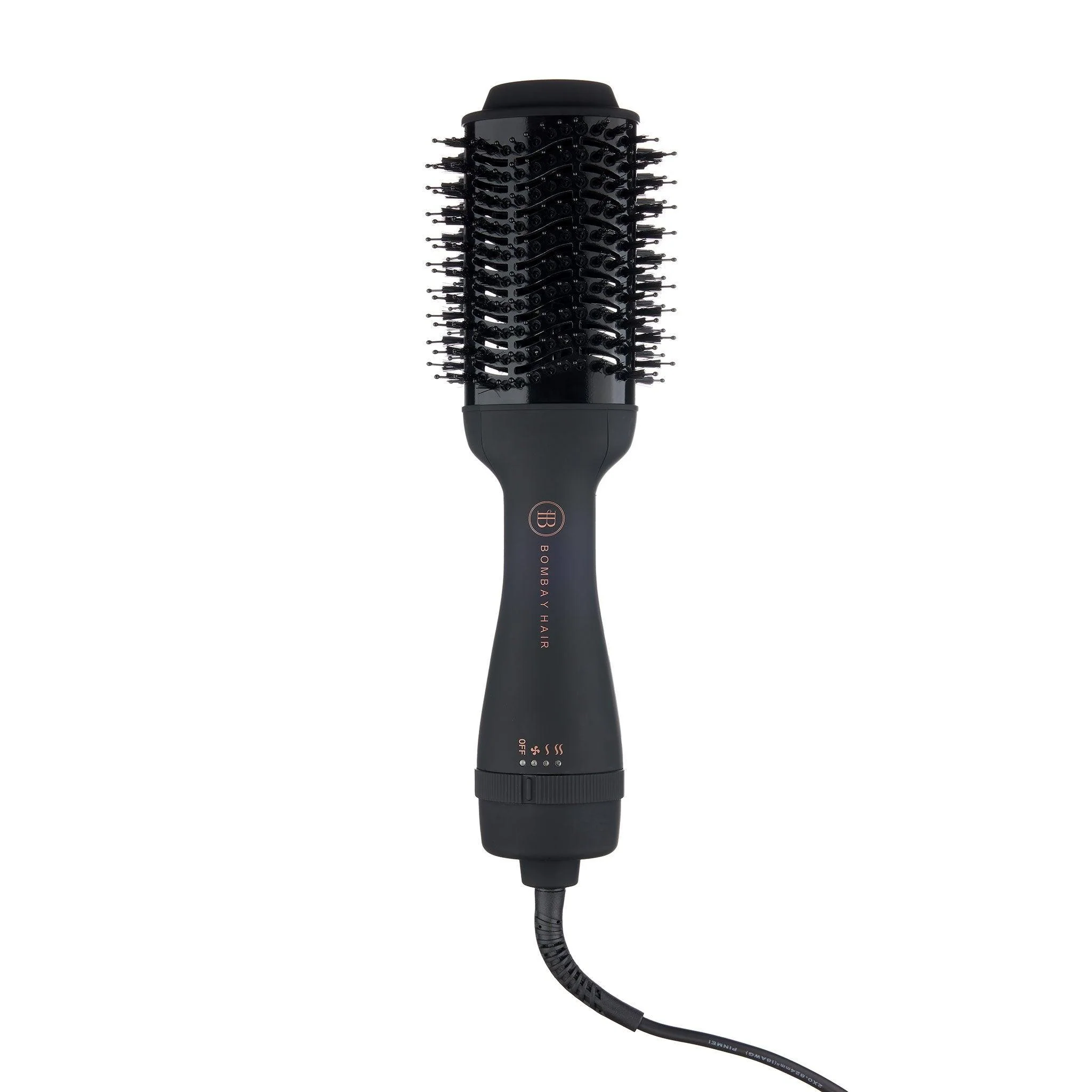
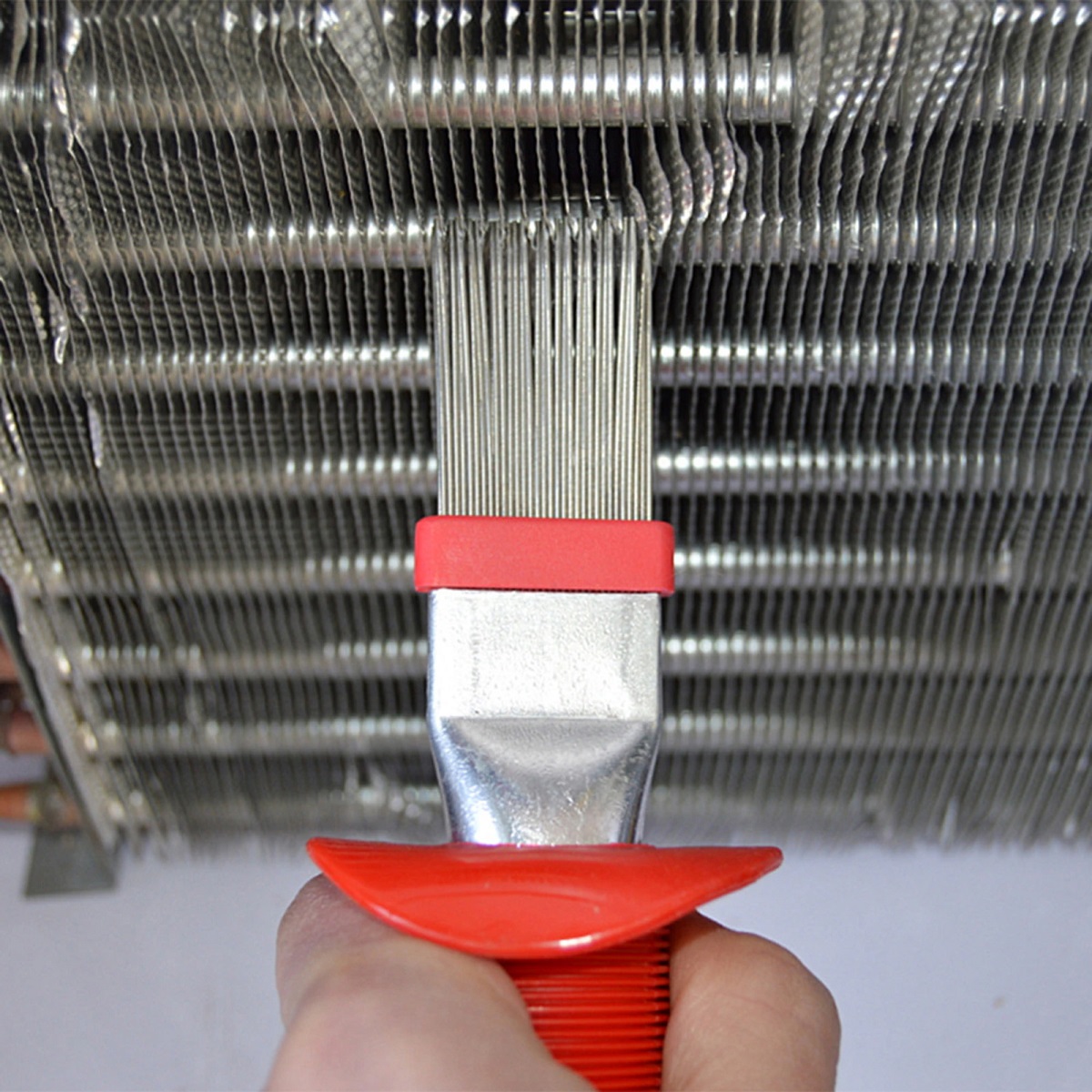

0 thoughts on “How To Store Drawn Comb Frames”